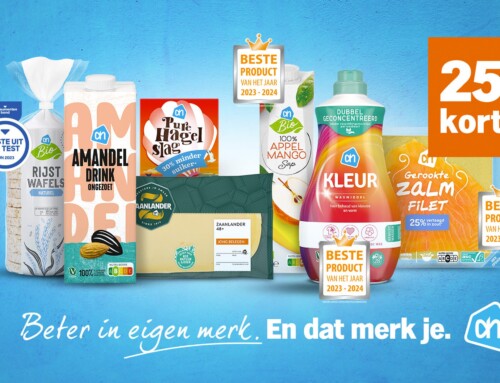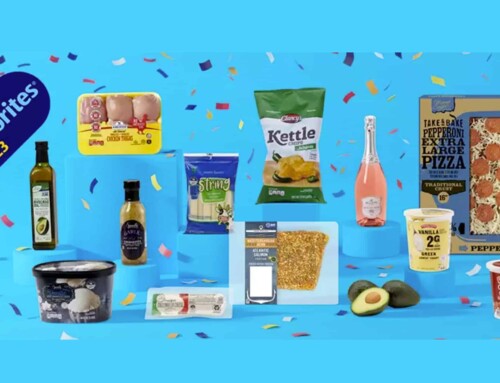- As of April 2020, eCommerce year-over-year growth was up 68%, surpassing 40% of total retail sales.
- Convenience continues to reign supreme as more than half of consumers reported their willingness to spend more to get what they need.
- In 2019, 40% of consumers were willing to pay the same or more for private labels; COVID-19 has further accelerated private brand sales.
- Consumers have increased spending on hygiene, sustainable products, and organic sales in recent months, with income disparity likely to continue to play a key role in the growth of these categories.
Over the last 20 years, attempting to predict the future of retail and consumer products has become a rite of passage for many industry analysts, experts, and pundits. Unfortunately, COVID-19, and its far-reaching impact on the industry, has created an unprecedented disruption that hinders the ability to accurately predict what may come next. Deloitte’s report, “The future is coming … but still one day at a time,” examines a different way to think about the future path of these industries. Through analyzing years’ worth of data, the report identifies a framework of four disruptive forces — consumer preferences, technology advancement, economic pressures, and market forces — that have given rise to seven trends likely to shape the future of the retail and consumer products industries.
These trends were built based on analysis done by Deloitte’s InSightsIQ, which actively monitors and aggregates a diverse set of real-time consumer, macro, the marketplace, competitive, and economic data sets to better predict how and when brands can win in the marketplace.
“Moving forward in the COVID-19 environment, retail and consumer products companies should be vigilant to identify and react to the emerging disruptive forces and trends at play in the industry. As the saying goes, ‘Think globally, act locally.’ This can also be applied to retail, meaning retailers should be dramatically more granular in their understanding and operations. While it may be tempting to prioritize game-changing technologies, the data tells us the consumer economics of convenience and cost are more important than ever.” Bobby Stephens, principal, retail and consumer products, Deloitte Consulting LLP
Convenience is the new battleground
Prior to COVID-19, consumers made it clear that convenience matters and the new normal has further accelerated this trend. According to the report, more than 50% of consumers report spending more on convenience to get what they need, with “convenience” increasingly being defined by contactless shopping, on-demand fulfillment and inventory availability. As such, there has been a surge in mobile payment usage, delivery app downloads and buy-online-pick-up-in-store (BOPIS) adoption. For many, this acceleration is driven by scarcity of other options, while others have opted for these models because they perceive them to be safer and healthier.
Commoditization and premiumization of products
According to the study, as of April 4, consumer spend across all retail categories has decreased by more than 40%, placing significant strain on short-term operating margins. This trend has increased private brand sales in recent months, with price and supply chain constraints playing a key role in this growth, as well as consumers trading brand preference for brand availability amid stockouts. It remains unclear, however, if consumers will emerge with new preferences or lower brand loyalty than observed prior to COVID-19. Either way, income bifurcation will likely continue to play a critical role in the choices consumers make.
Digital sales grow, but achieving success remains complex
COVID-19 has accelerated digital channel growth in recent months. By mid-April, online orders grew 130% year over year, with meaningful gains in categories where digital commerce penetration had been historically low, such as grocery. Plus, with consumer mobility significantly decreased, desktop share of digital traffic has seen a significant uptick as consumers swap their phones for computers while at home. However, it is still difficult to determine exactly how these trends will manifest in the long term as stay-at-home orders are lifted and stores re-open.
Moreover, the spike in digital orders has had significant fulfillment implications for retailers, with order picking and last-mile delivery adding to the cost and complexity of the exercise. While consumers have demonstrated a willingness to pay for on-demand fulfillment in the short term, it remains to be seen if they will continue to offset the cost of delivery in the future. Overall, while digital growth remains strong, the ability to profitably pursue that growth remains under tremendous — and growing — pressure.
Brick and mortar changing its role
As of 2019, stores still accounted for a staggering 85% of retail sales. Not only that, in certain categories, but the numbers of physical stores have also even grown in recent years. In fact, COVID-19 further demonstrated the importance of the physical store, with many brands and retailers experiencing significant revenue loss from the temporary closure of stores.
The dramatic shift to e-commerce has also hastened the redefined role of the physical store, and many retailers have reimagined their stores to serve as order fulfillment centers to meet digital demand and drive last-mile execution. But, it is not yet clear whether this acceleration will be sustained by consumers maintaining digital shopping behaviors or the sector will see a normalization to pre-COVID trends as restrictions are lifted and stores reopen.
New business models have a growing impact
COVID-19 also has led to the adoption of nontraditional models in “essential” categories such as food, grocery, and pharmacy, while at the same time decelerating short-term growth of new models in “non-essential” categories. Among these non-essential categories is apparel, where, according to the report, consumer spending has seen a decline of more than 70% versus last year.
Past trends also reveal that economic uncertainty often results in changing consumption habits and the emergence of new models. Retailers and consumer products companies continue to expand outside of their traditional revenue models to fast-track growth and meet changing consumer preferences. However, depending on the impact from the pandemic, it is likely that the proliferation of new models will continue, but it remains unclear which models will sustain impact in the long run.
Health and sustainability growing priorities (for some)
COVID-19 also has substantially altered consumer spending habits for healthy and sustainable products. Consumers have dramatically increased spending on hygiene (e.g., hand sanitizer, medicines), sustainable products, and organic sales, but it is unclear how much of this volume increase was driven by consumer choice versus availability of options amid out-of-stock conditions.
Income disparity also is likely to continue playing a key role in the growth of health and sustainability markets, with low- and middle-income households reporting more job losses than upper-income households (50% versus 32%). This outsized economic pressure on the discretionary budgets of low- and middle-income households may further bifurcate health and sustainability spending across income levels.
Consolidation in retail and fragmentation of market share
With the closure of “non-essential” physical retail locations due to COVID-19, consumers shifted spending to select physical and e-commerce retailers that could provide essential goods and meet their convenience needs. While it is unclear who will be the ultimate winner, the impact of COVID-19 could accelerate further retail consolidation, creating an environment where a small set of players emerges stronger at the expense of smaller or independent players.
 At the same time, the pandemic has accelerated short-term fragmentation of packaged goods, either as a true signal of consumer demand or a temporary behavior driven by supply chain constraints and stockouts. Looking ahead, economic uncertainty could have longer-term implications on fragmentation, as brands become increasingly challenged to overcome decreased consumer spend and increased operational challenges.
At the same time, the pandemic has accelerated short-term fragmentation of packaged goods, either as a true signal of consumer demand or a temporary behavior driven by supply chain constraints and stockouts. Looking ahead, economic uncertainty could have longer-term implications on fragmentation, as brands become increasingly challenged to overcome decreased consumer spend and increased operational challenges.
[/et_pb_text][/et_pb_column][/et_pb_row][/et_pb_section]“As the wallet of many consumers is increasingly pressured due to the COVID-19 pandemic, retail and consumer products companies should recognize they are competing for share of wallet, not share of category. As always, preparation is key. Rather than relying on prophecy-based predictions, retailers should embrace data-driven scenario planning, and remain vigilant in monitoring emerging trends.” Kasey Lobaugh, chief innovation officer, retail and distribution, Deloitte Consulting LLP
Related Incites
2025 EVENTS
TICKETS, SPONSORSHIPS & EXPO BOOTHS NOW AVAILABLE







